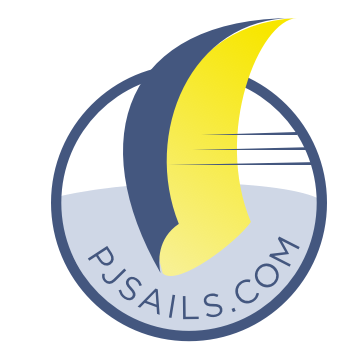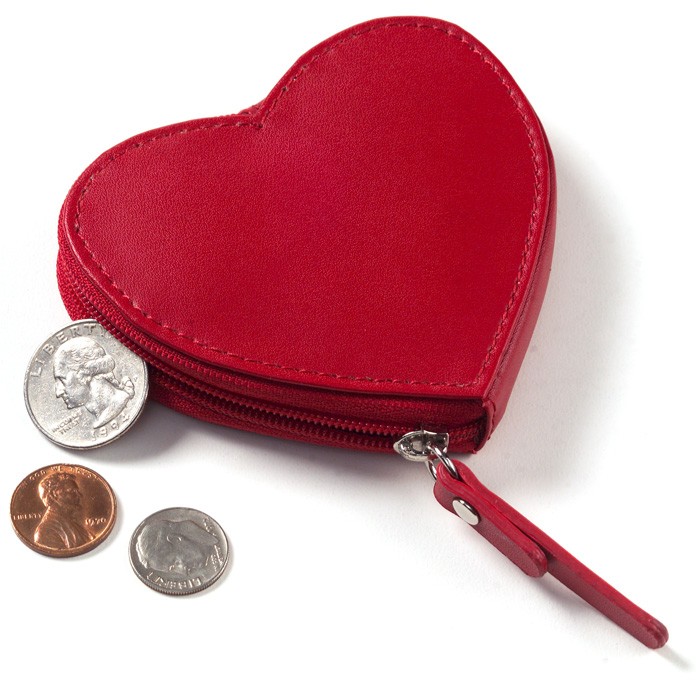This week Owen & Clarke reached out saying that Pixel Flyer, an Akilaria RC2, might be receiving an offer this coming weekend. And if we wanted to bid we should hurry up. So we did and put together an informal proposal, just to see if there was common ground between my funds and the seller.

There wasn’t. The best I could stretch to was 115k Euro and his asking price is 150k Euro. So my informal offer was rejected and that was that.
Then, I had noticed that an older Akilaria RC1, Class 40 #42, recently came up for sale in France. This boat was unable to complete the last Route du Rhum because of a forestay failure. The owner pretty much renewed almost everything on the boat, all the way to the engine. He wants 140k Euro. Again, I reached out with my funds and offered 110k Euro, without success, for now, as he wants a minimum of 125k.
Despite my offers being rejected, a few more boats came up for sale or charter, bringing the respective totals to 32 and 10, as indicated here. To this, you could add a couple Open 40, which I know are for sale. And, of course, the few new Class 40 that are being built for the next season.
If you’ve browsed this web site you know that I strongly prefer a boat that is mostly ready go, except for maybe a few specialists jobs (like rod rigging re-heading) and bolt on items (like a third auto-pilot). I’m not dismissing the complexity of these jobs. But, when repairs and enhancements add up, then the sailing becomes not so much sailing but fixing up the boat.
Opportunity knocks?
But then, there is this boat in Hong Kong, which I think appears to be fairly well maintained, although incomplete and dated here and there. I can’t afford to ship it back (I did ask for quotes and they were in the order of 30-45k). It was listed for 107k (Euro) and went under offer. The buyer found out that the boat suffered a grounding and the keel and keel-hull joint required significant repairs. He bailed out. The boat went back on the market for 90k. And then, man I don’t want to be this seller, the boat suffered an indirect lightning strike hit, which left all the NKE instruments dead behind. So now, the boat is listed at 70k.
That boat, going by the name of Aki, could be the ticket, except for a few things:
- I can only afford to bring her to the US West Coast on her own bottom. Sailing from Hong Kong to here is no small feat. We’re talking the North Pacific, and read on …
- Typhoon season is coming up over there, which means that if I take ownership of the boat, I’m now liable for all the stuff that could happen while being away.
- To sail this boat back here does require some level of re-fitting. Managing boatyard work, when one is local and can stop by daily, is hard enough to get things done. Now, imagine, being remote for the whole time!
- As with all boat projects, one never knows what happens next once you pull a screw off the boat. And yard work is as expensive there as it is here.
So, I’ve got an offer ready to go, with all the bells and whistles of assumptions, dependencies, etc. But I’m mulling it over.

Other considerations
I’ve also just now been told that there is a significant improvement in speed between the Akilaria RC2 vs RC1, but not so much vs RC3. So that’s something to consider. That said, I looked at the latest Global Ocean Race, where mostly Akilaria boats enrolled (and certainly were the only to finish). That race was won by a well funded Akilaria RC2 in 150 days, 8.5 days ahead of a not so well funded Akilaria RC1. So the difference is in the order of 5%. I’m not sure that kind of speed advantage is worth the extra money, for me that is. Especially, since from my limited reading, the RC1 was said to be very seaworthy.
What’s going to happen next?














